Unleashing Potential: How Arts Integration Prepares Students for the Real World and Strengthens Community Ties
In an ever-evolving educational landscape, the push towards integrating arts into the curriculum is more than a mere enrichment—it's a transformative strategy that equips students with essential real-world skills and deepens their community connections. At the heart of arts integration is the belief that combining the arts with other subjects not only enhances learning but also prepares students for a complex world, fostering a network of community involvement and support.
Fostering Real-World Skills through Arts Integration
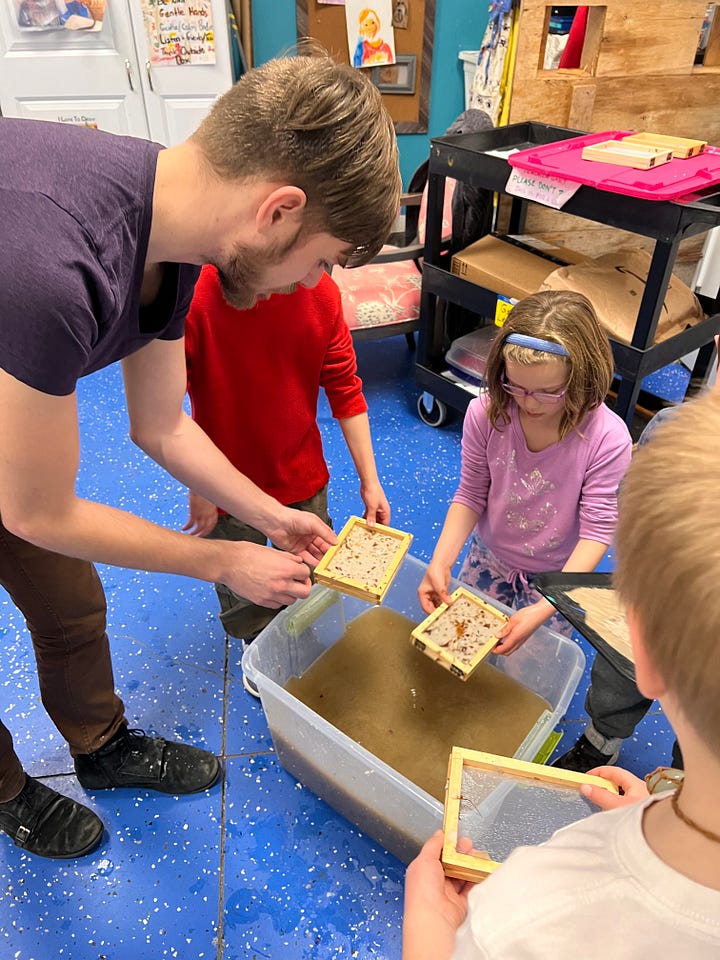
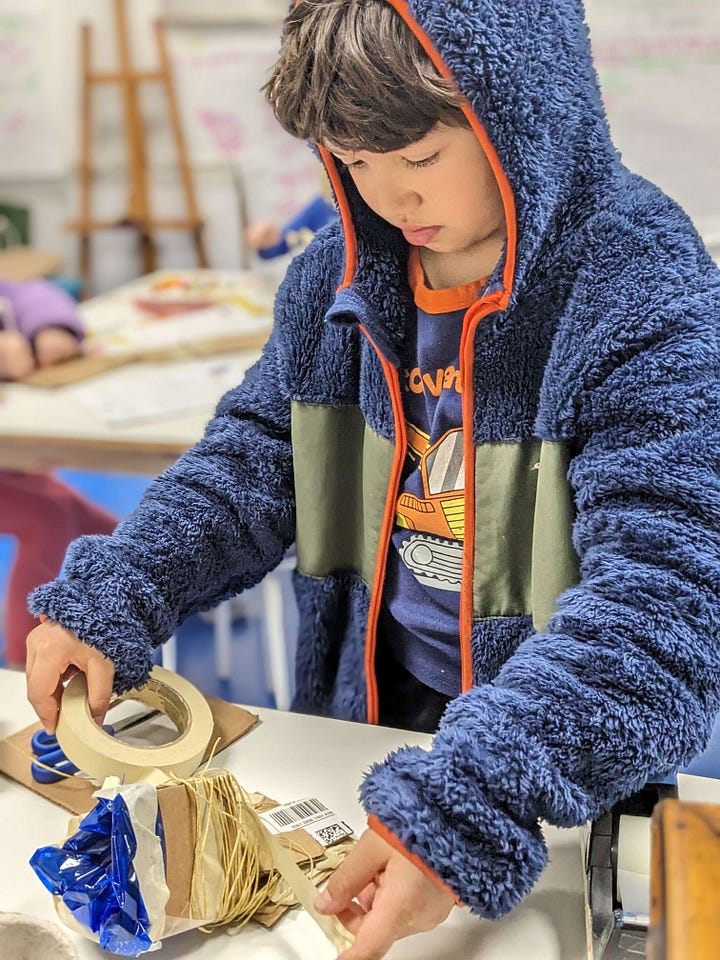
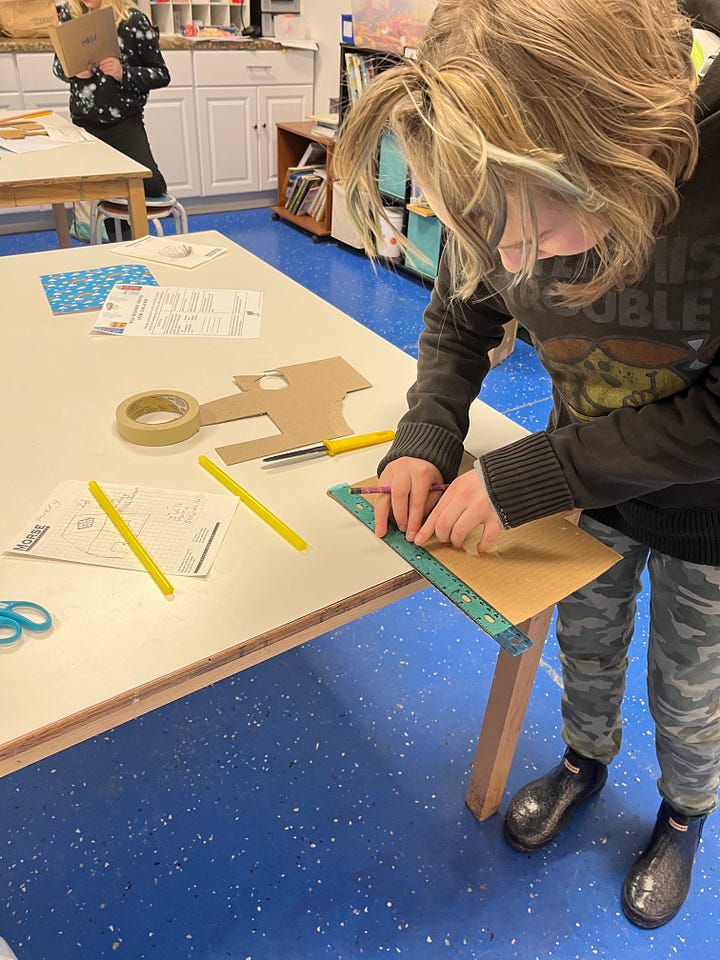
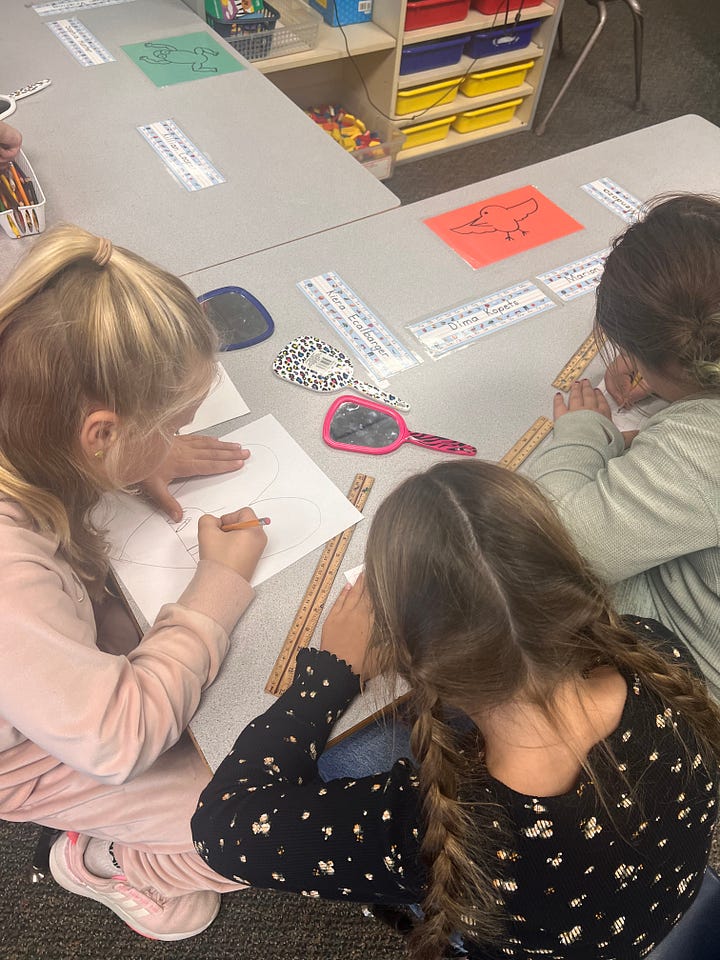
Critical Thinking and Problem Solving
The arts challenge students to think critically and solve problems creatively. Unlike traditional learning paradigms where answers are often clear-cut, the arts encourage a dynamic approach to solving problems. This could be through interpreting a piece of abstract art or devising a theatrical piece from scratch. Such activities make students adept at thinking on their feet and approaching issues from multiple perspectives, a crucial skill in any professional setting.
Collaboration
Teamwork is at the core of most artistic endeavors. Whether it's musicians synchronizing their melodies, dancers coordinating in a ballet, or classmates working on a mural, arts integration teaches students the value of collaboration. These cooperative skills are directly transferrable to any career where teamwork is key to success.
Communication Skills
Artistic expression provides students with unique tools to convey their ideas and emotions. From visual and performing arts to digital media, students learn to communicate in varied and innovative ways. This versatility in communication is invaluable in a world where ideas are primarily exchanged across diverse platforms and mediums.
Adaptability and Flexibility
Artistic creation often involves a process of revision and adaptation. Students learn that feedback is a part of growth and that flexibility can lead to a more refined and effective product. These lessons in adaptability are particularly relevant in today’s fast-paced, ever-changing global economy.
Digital Literacy
With digital technology playing a significant role in modern arts, students gain hands-on experience with digital tools and platforms. Whether editing a digital film or creating graphic designs, students develop a fluency in digital technologies that are pivotal in today's digital age.
Building Community Connections Through Arts
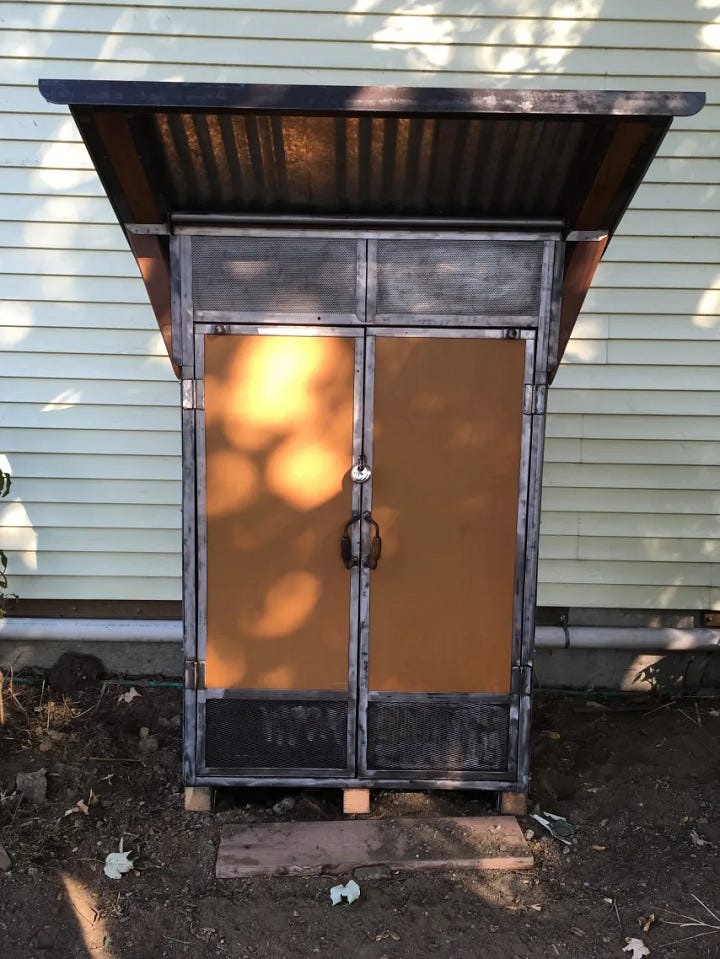
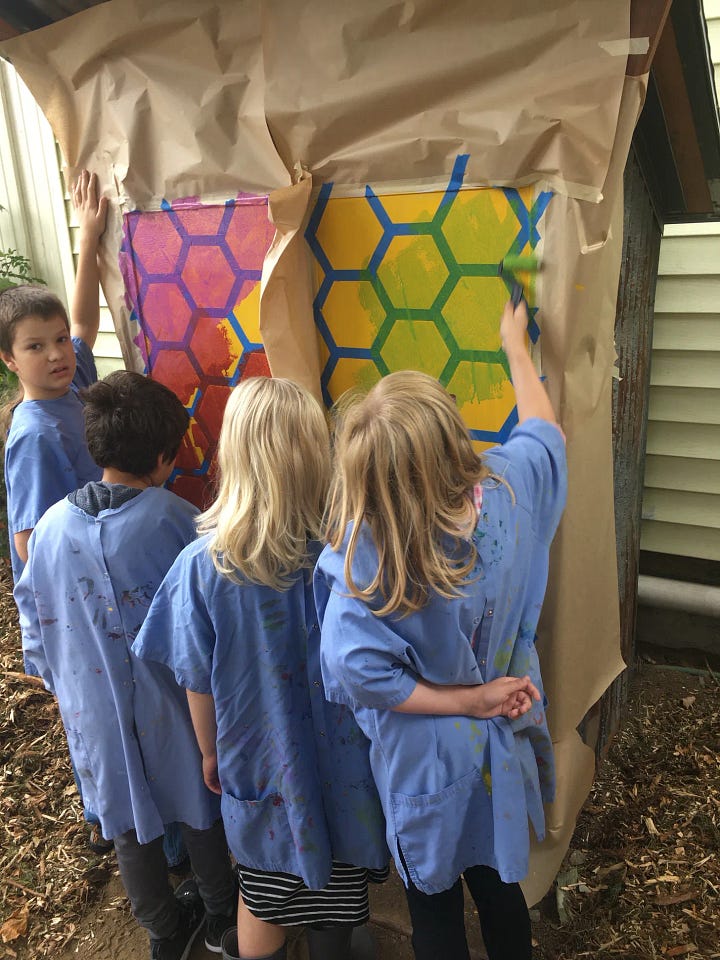
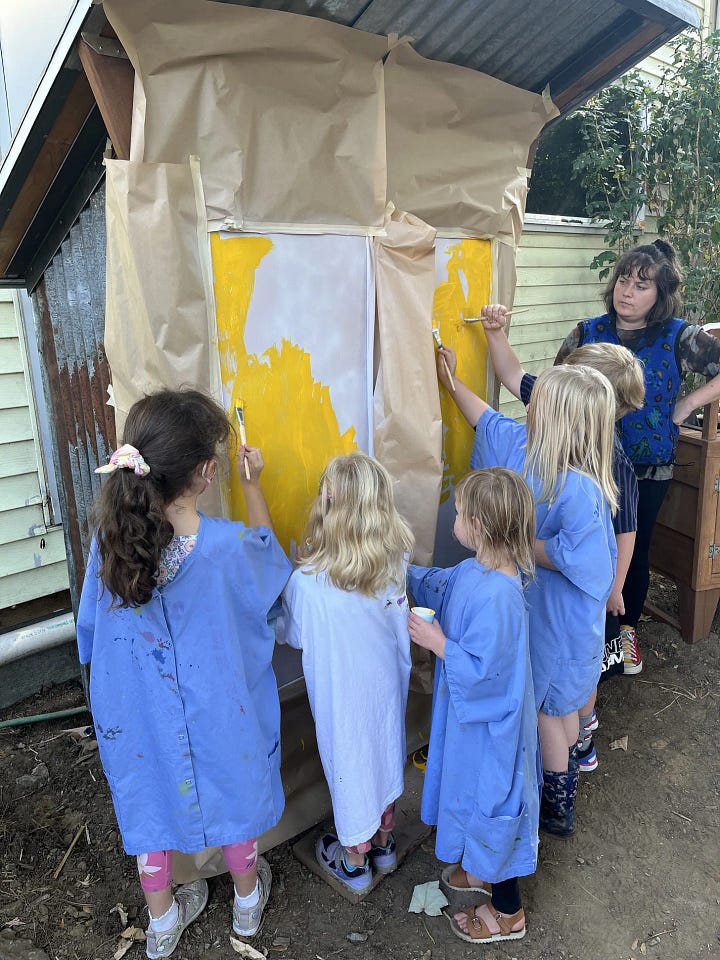
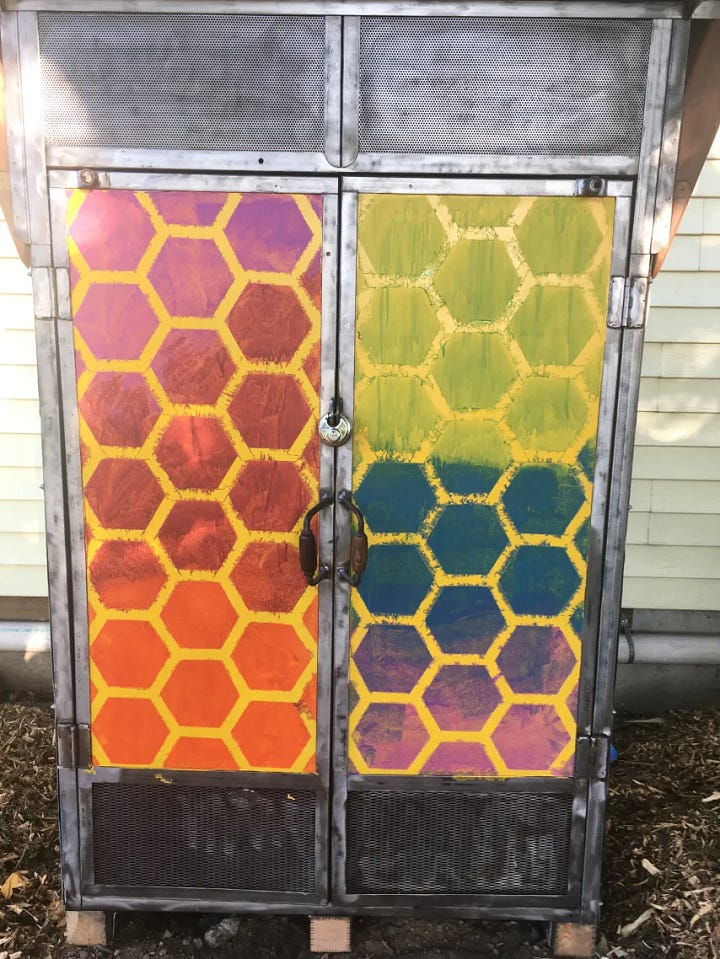
Cultural Awareness and Appreciation
Arts integration allows students to explore global cultures through art, music, and drama, promoting a deeper appreciation for diversity. This cultural exploration can foster a sense of global citizenship and empathy, encouraging students to see the world from different viewpoints.
Local Engagement
By incorporating local history or environmental issues into art projects, students not only learn about their surroundings but also become invested in their community. This connection often inspires students to take an active role in community issues, promoting civic engagement.
Service Learning
Integrating service learning with arts education encourages students to use their skills for the betterment of others. Projects like painting murals in public spaces or performing at community centers can enrich the community's cultural landscape and build a sense of responsibility among students.
Community Collaboration
Schools often partner with local artists, museums, and cultural organizations to enrich the learning experience through arts integration. These partnerships can provide students with insights into the professional world of art and build meaningful local networks that might support future artistic endeavors or career opportunities.
Public Showcases
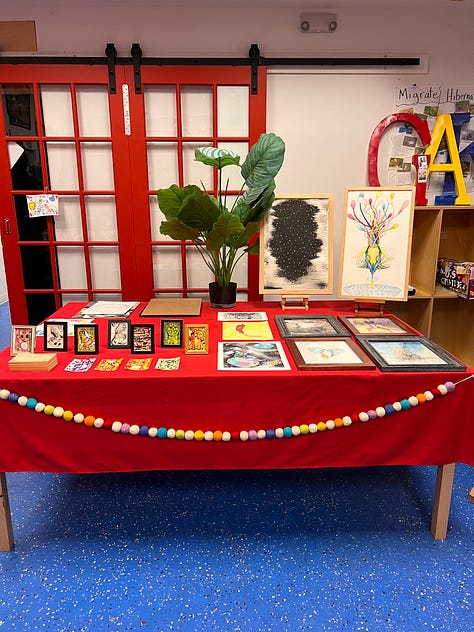
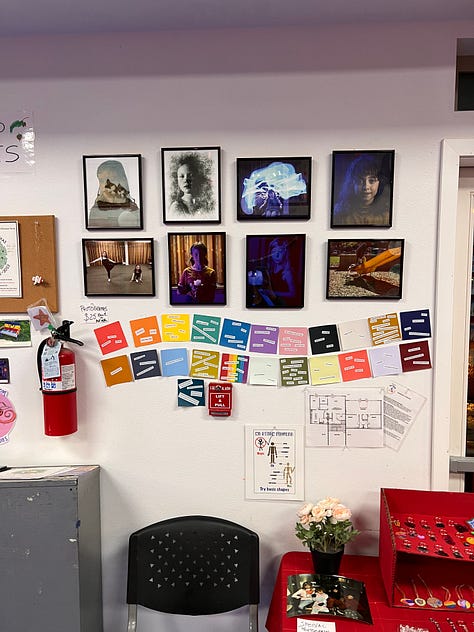
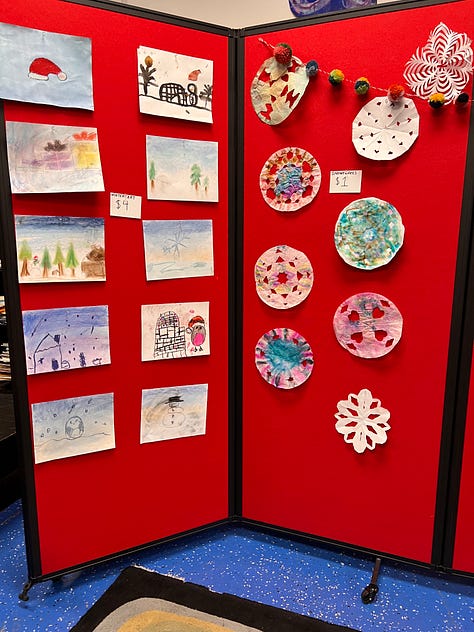
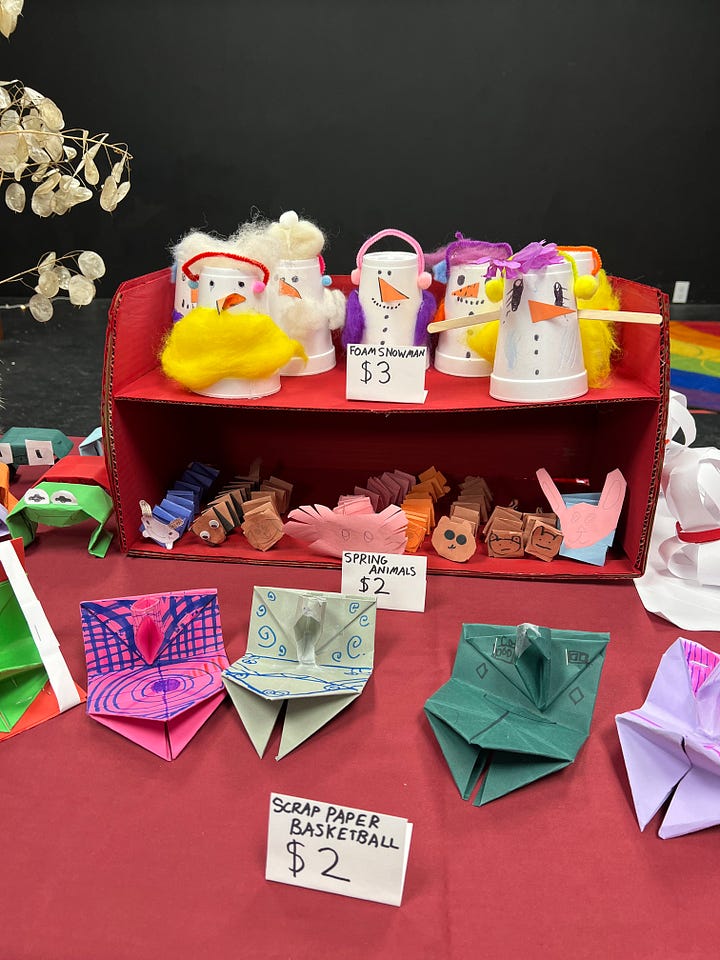
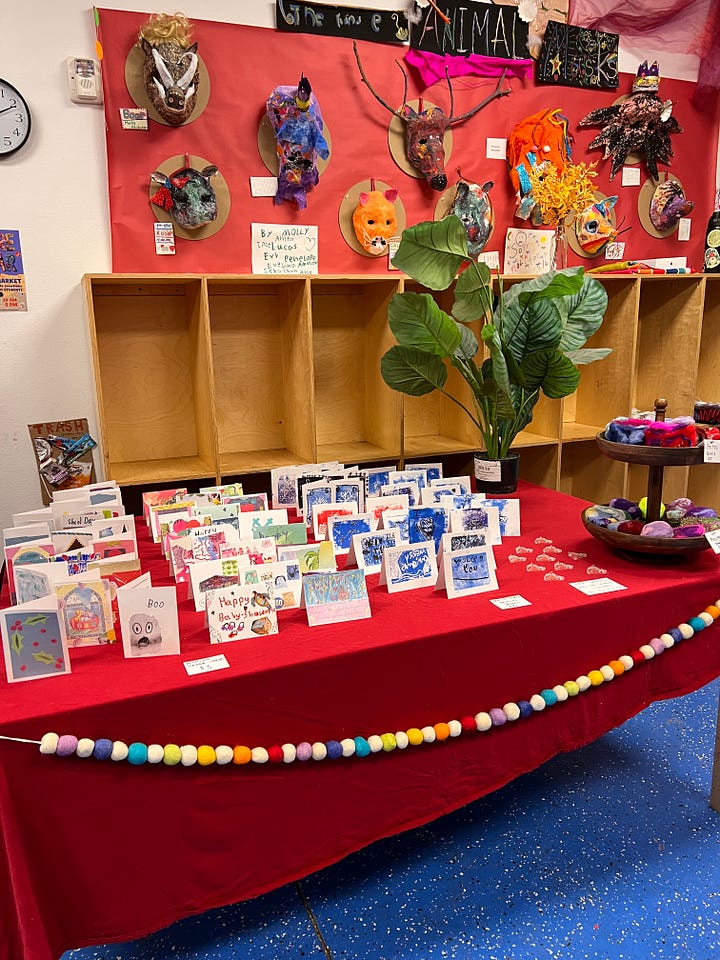
Exhibiting student art or performances not only boosts their confidence but also plays a critical role in enhancing community pride and togetherness. These events allow the community to celebrate its young artists, fostering a supportive environment that values and encourages artistic expression.
The integration of arts into the educational curriculum is not merely a supplement to traditional learning but a necessary component of holistic educational practices. By bridging the gap between academic subjects and the arts, we prepare our students not just to succeed in their careers but to be thoughtful, engaged members of society. The skills they learn through arts integration—creativity, collaboration, and communication—are the very skills that will define the leaders of tomorrow.
Through these dynamic educational strategies, we not only enhance the individual capabilities of students but also weave a tighter fabric of community connections, enriched by the shared experiences of art. In this way, arts-integrated education doesn't just prepare students for the real world—it helps them shape it.



